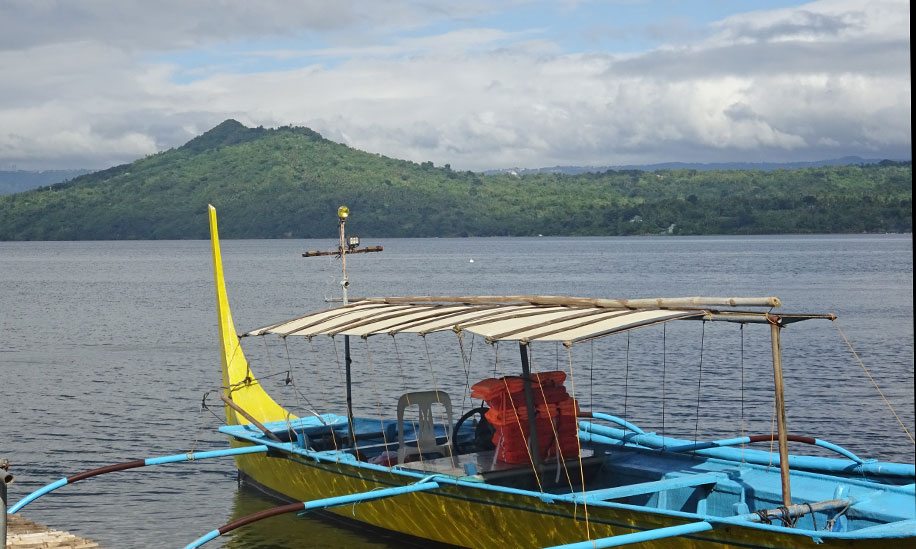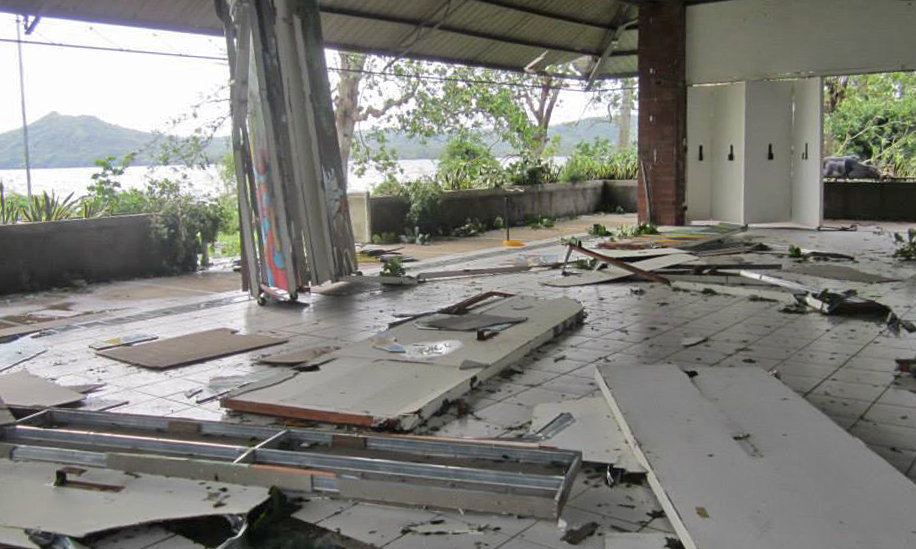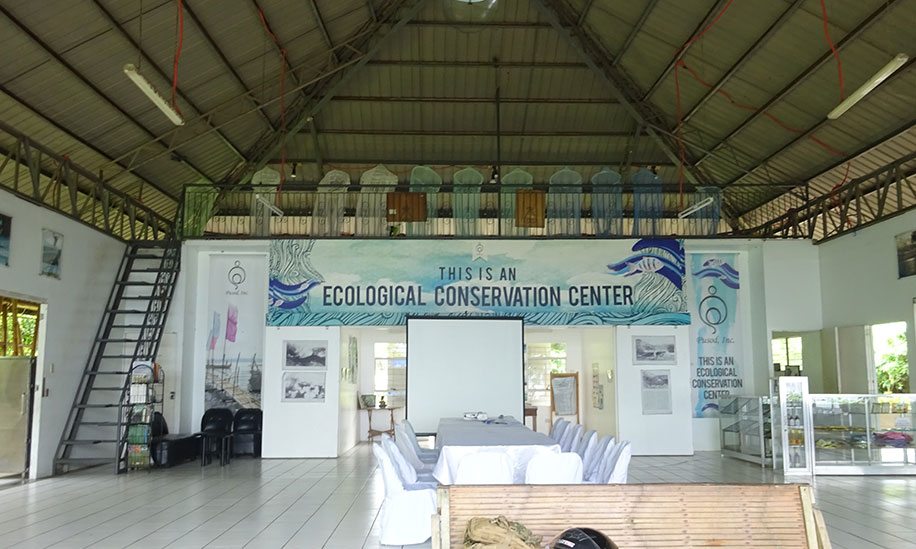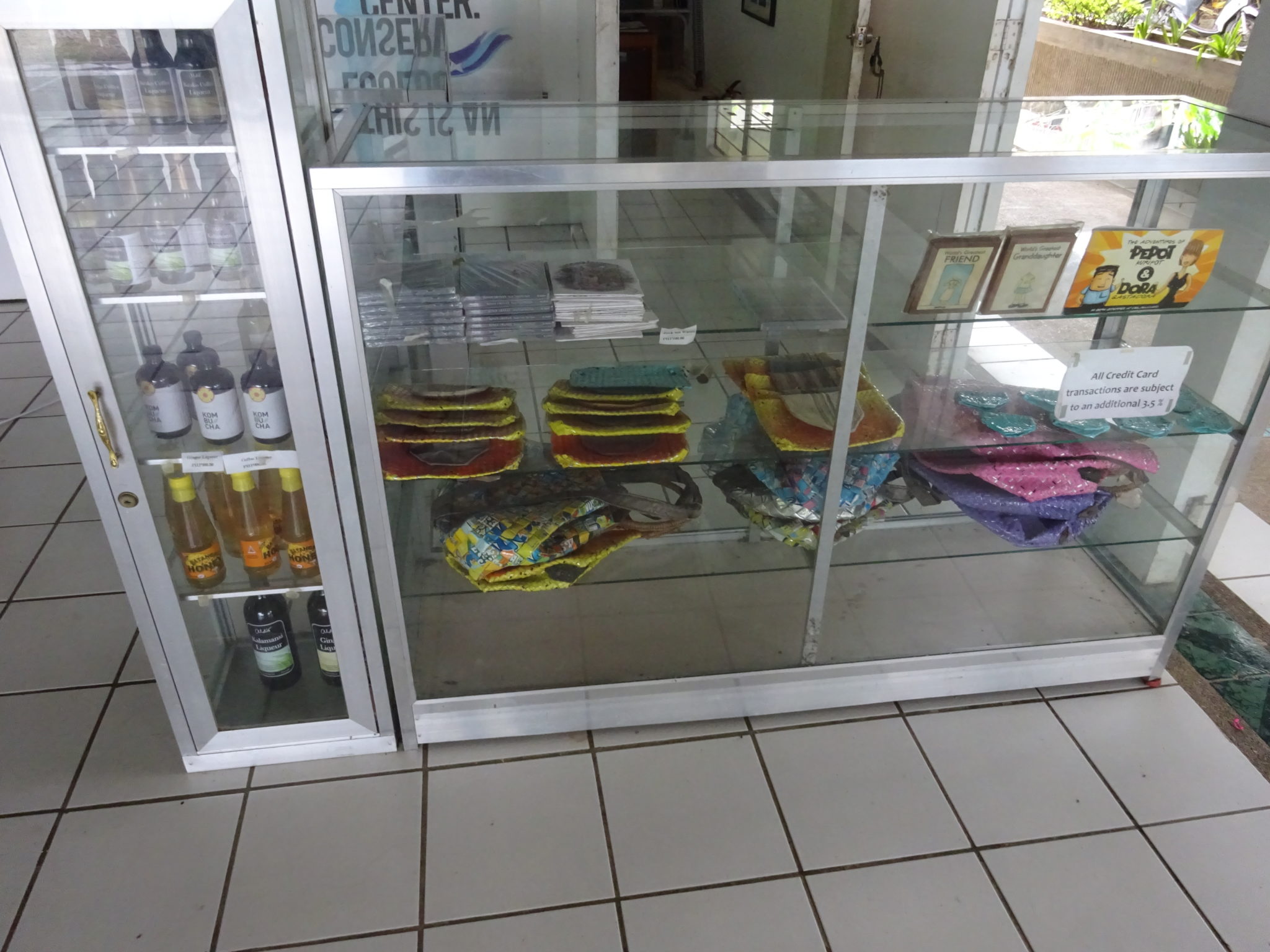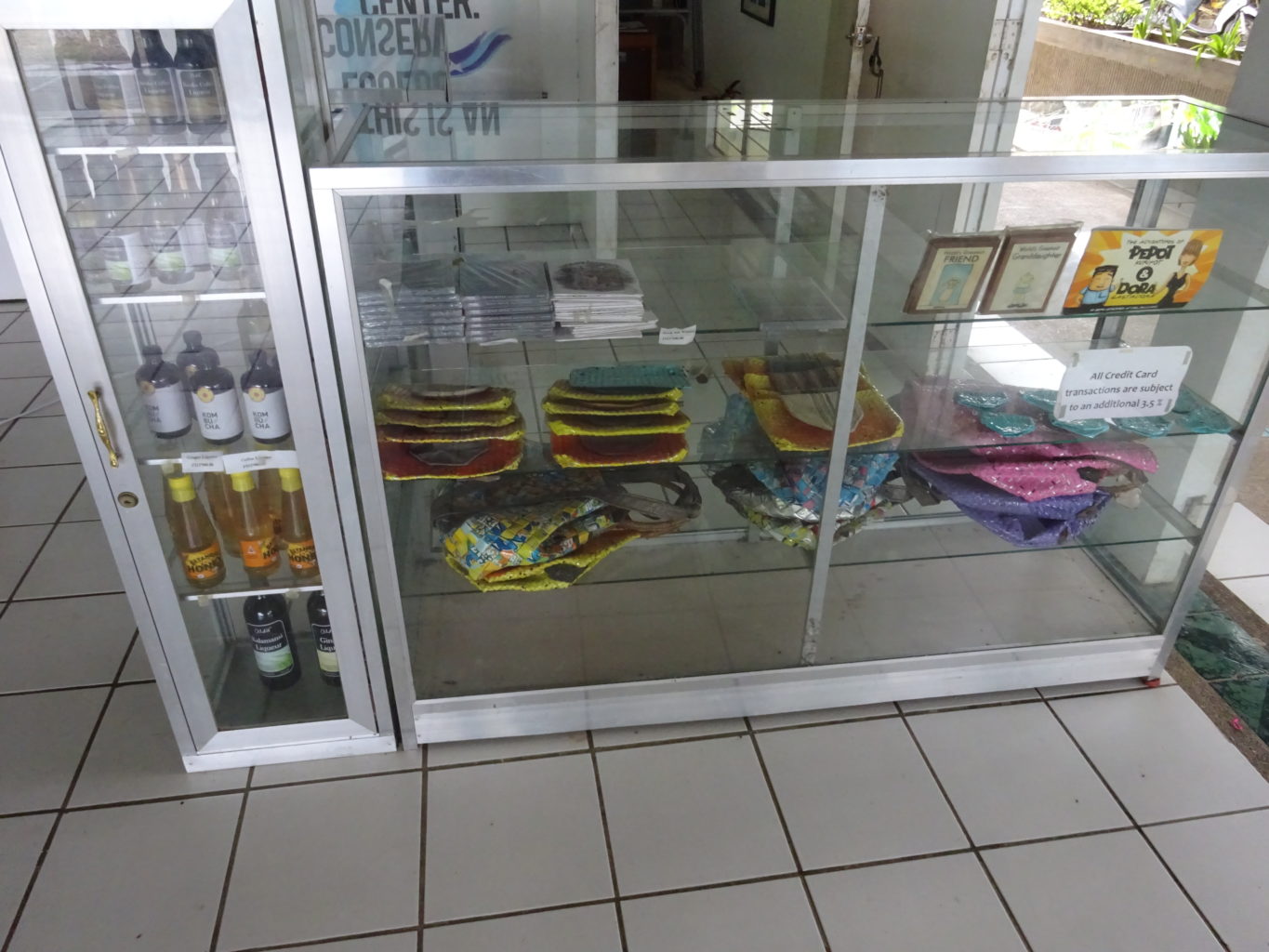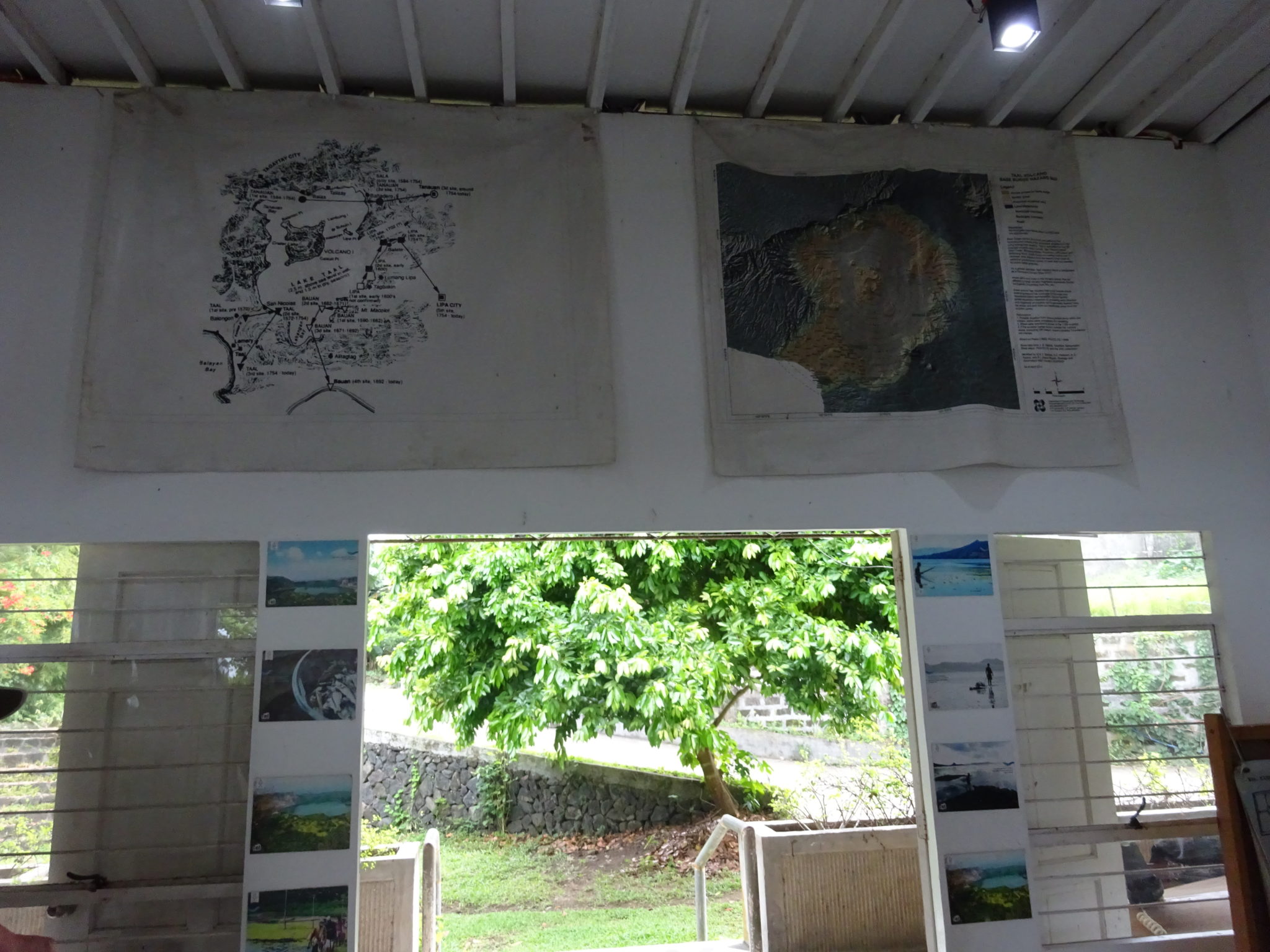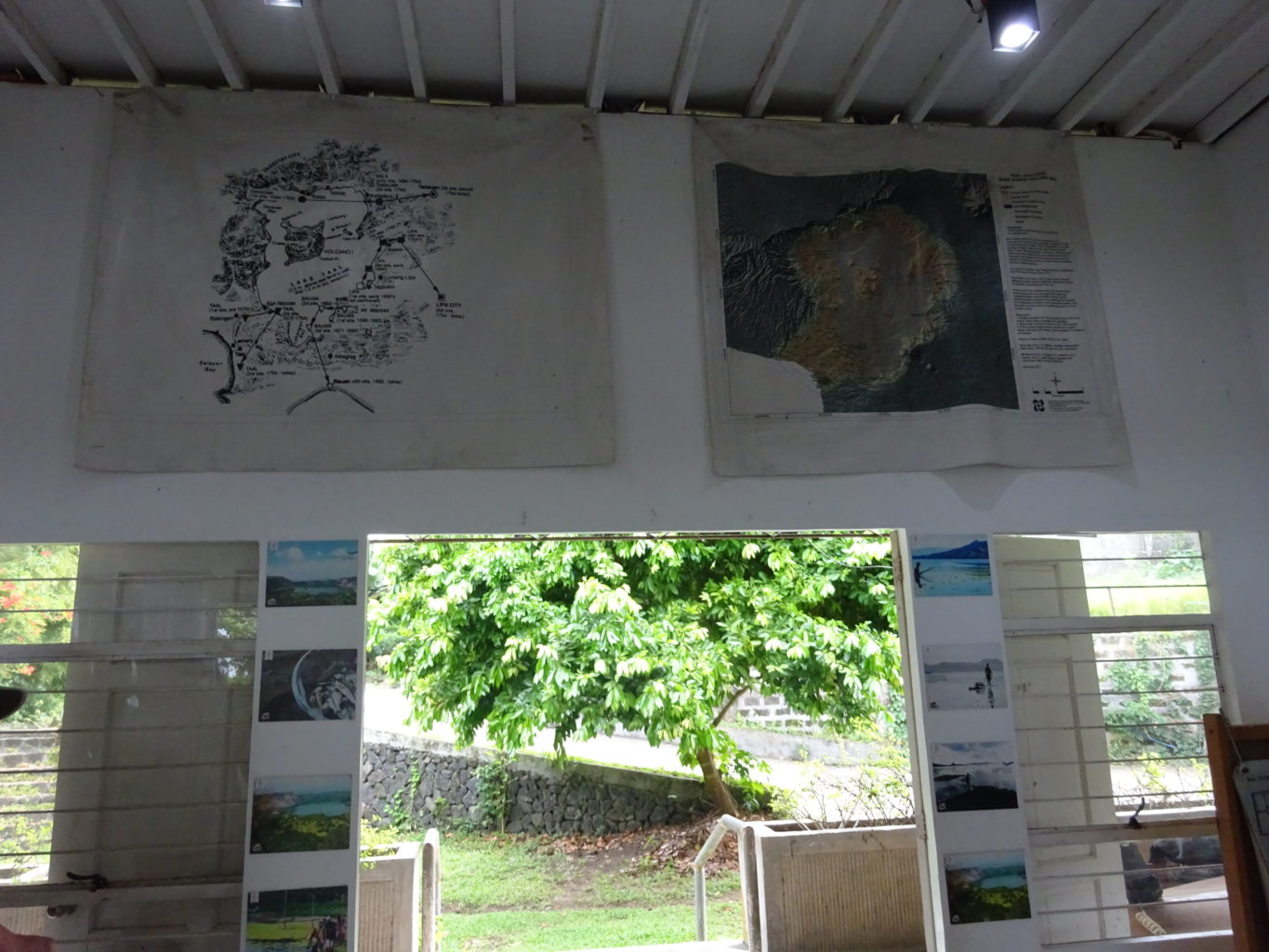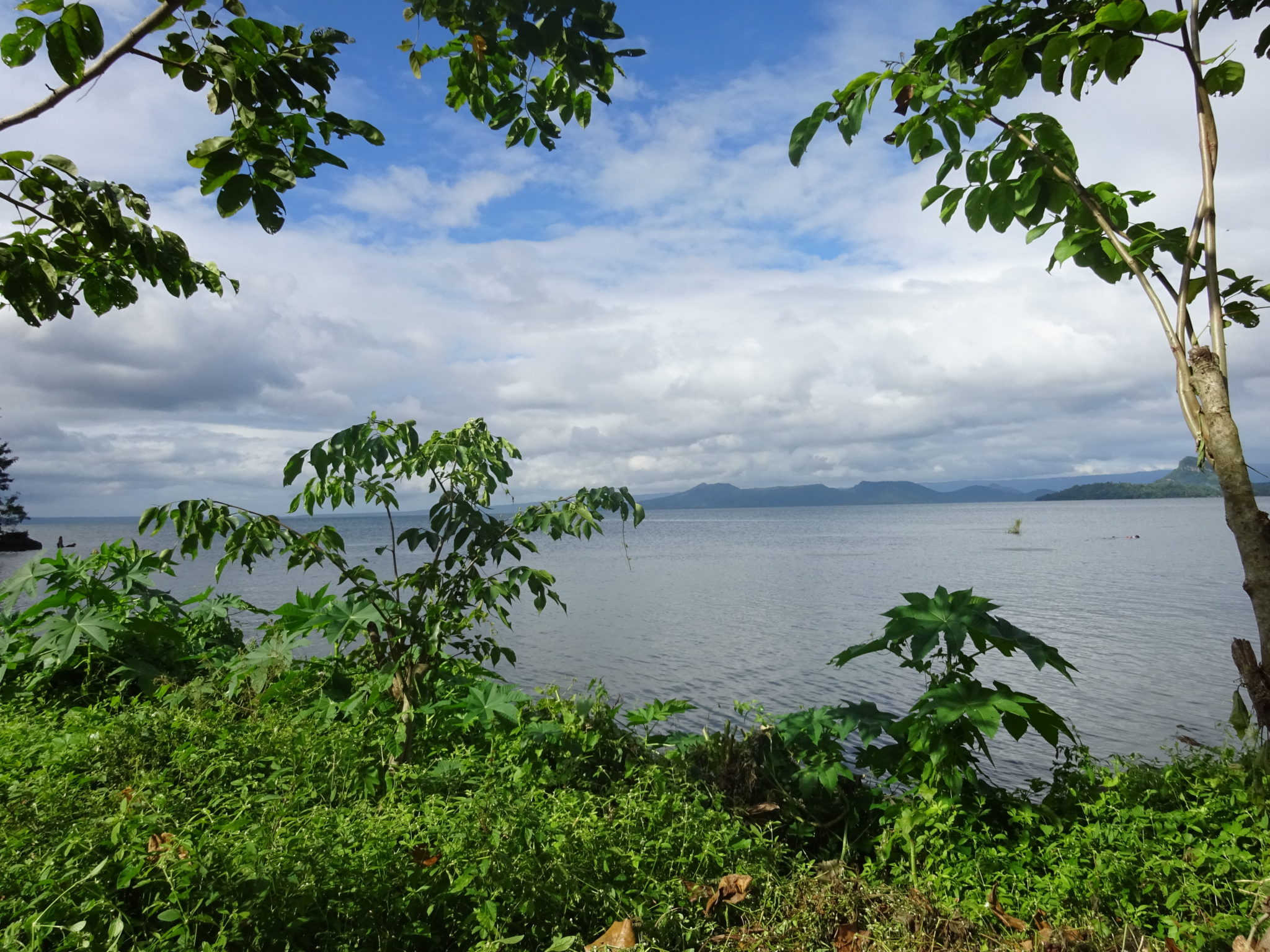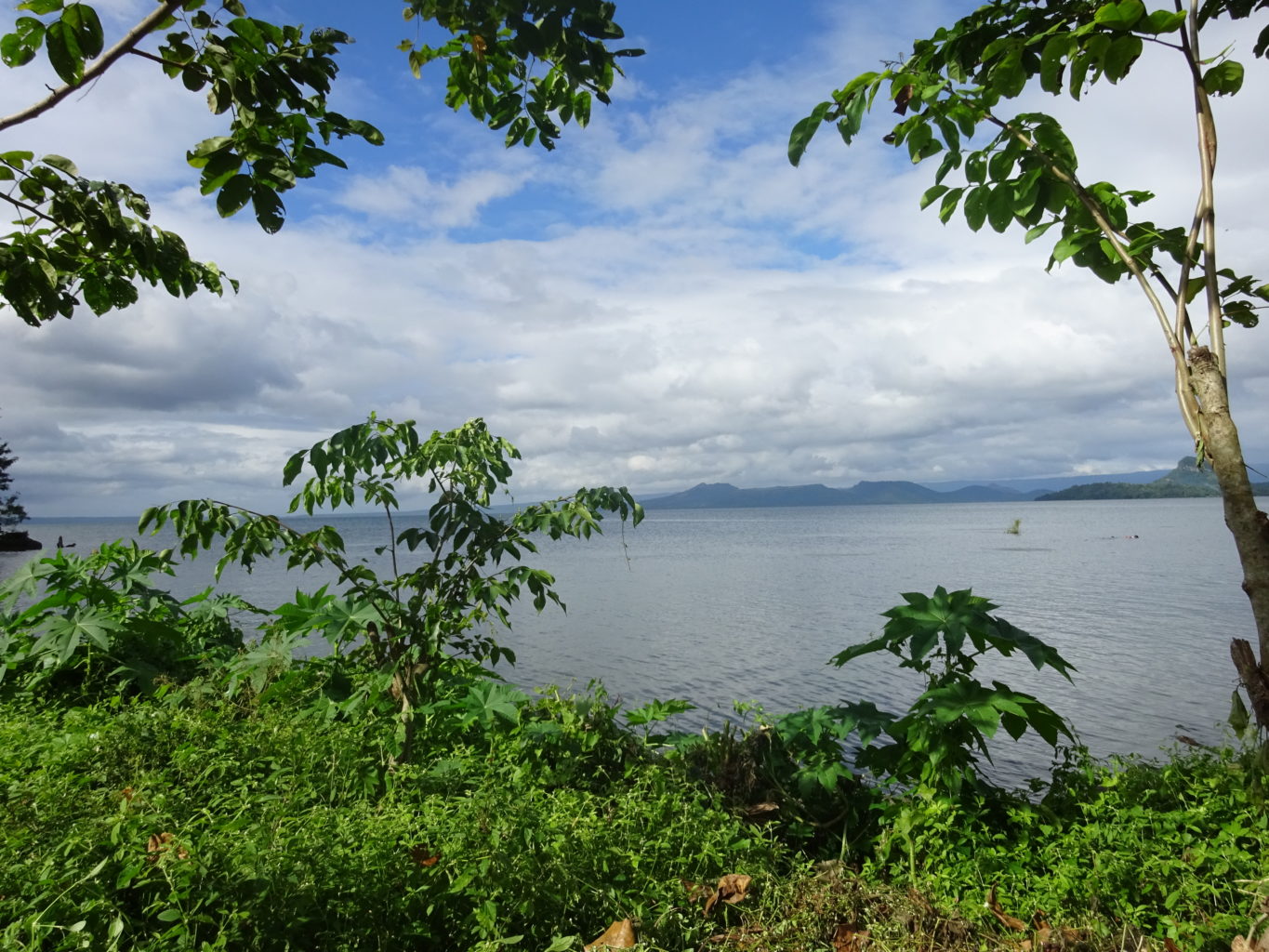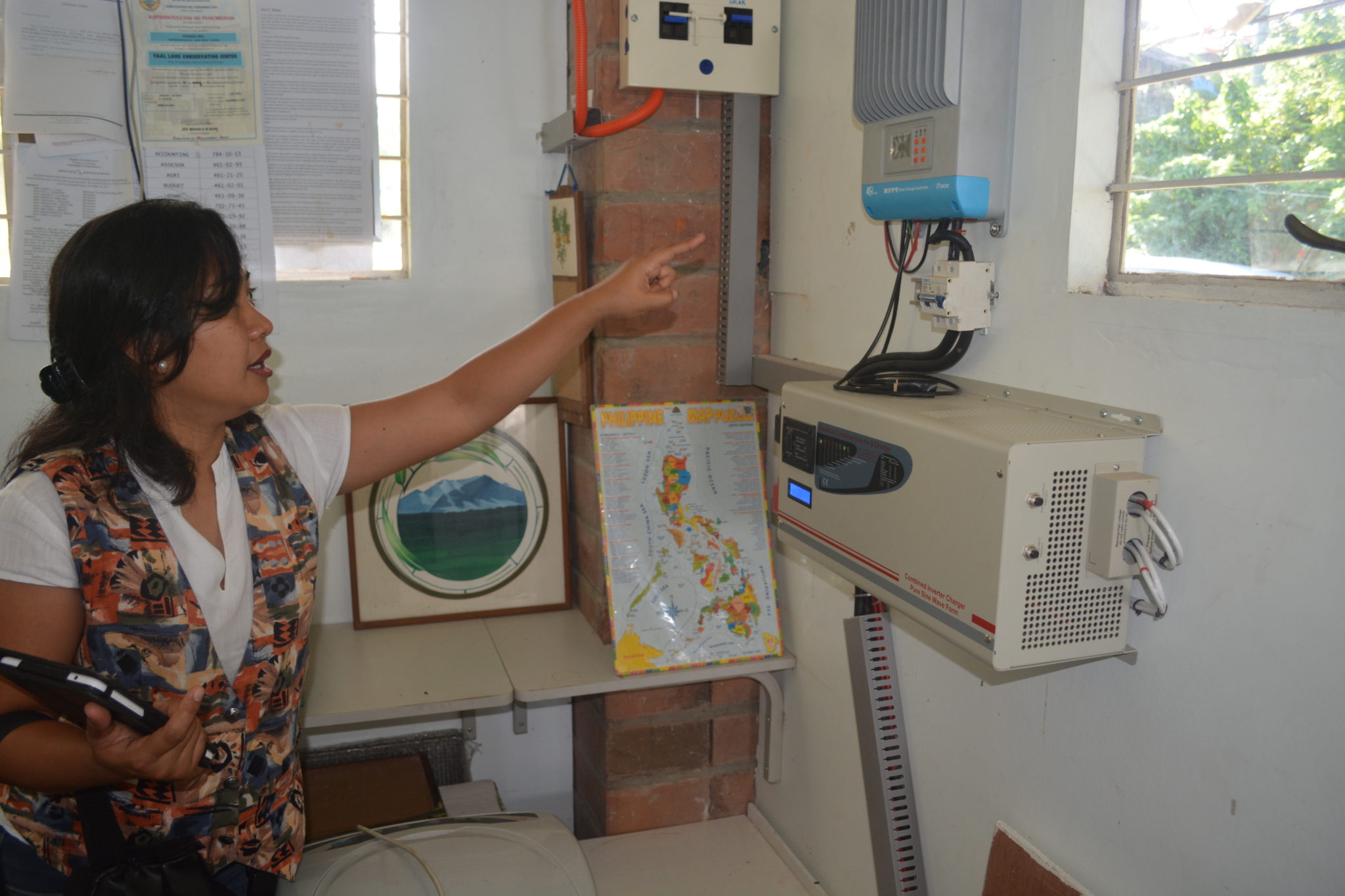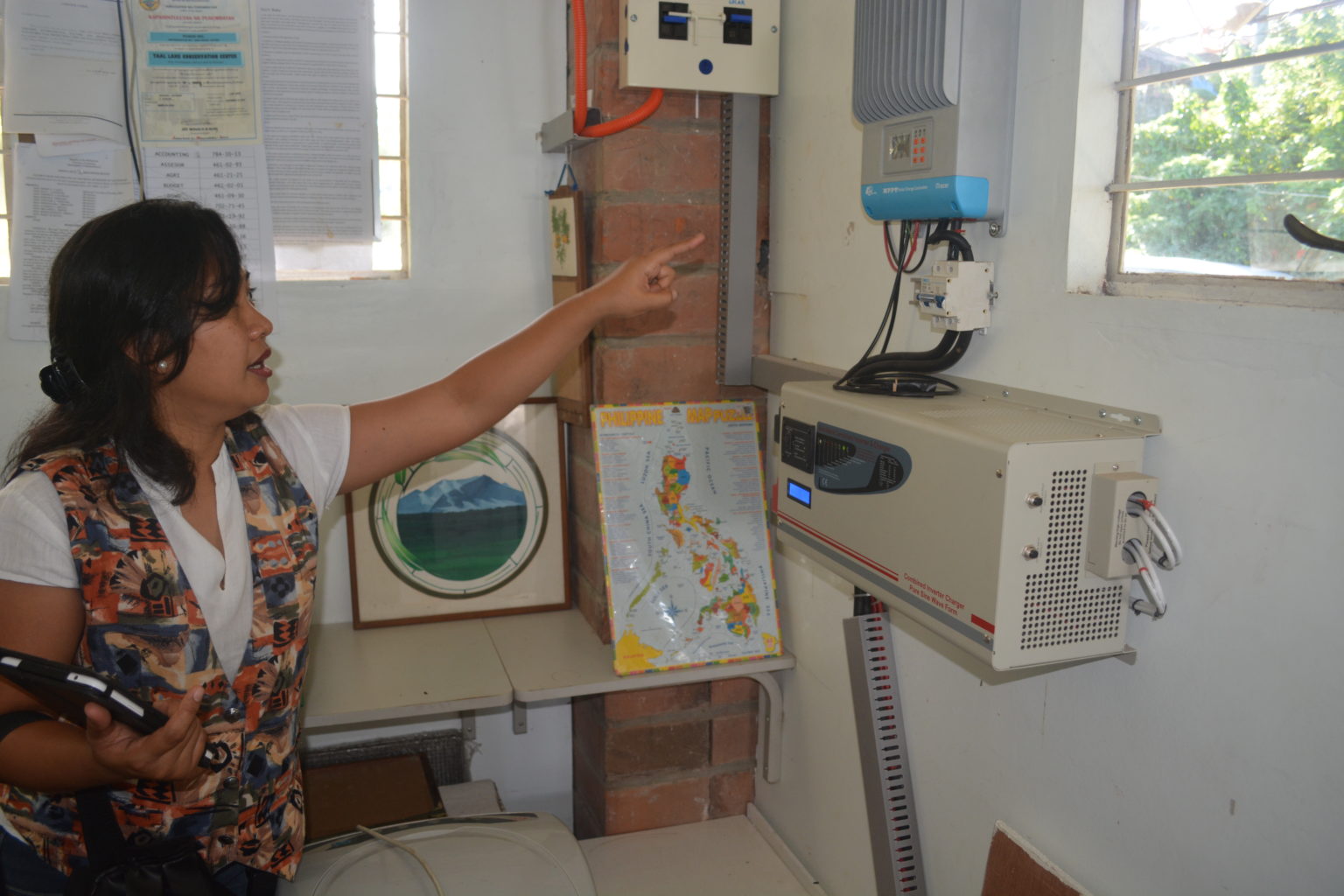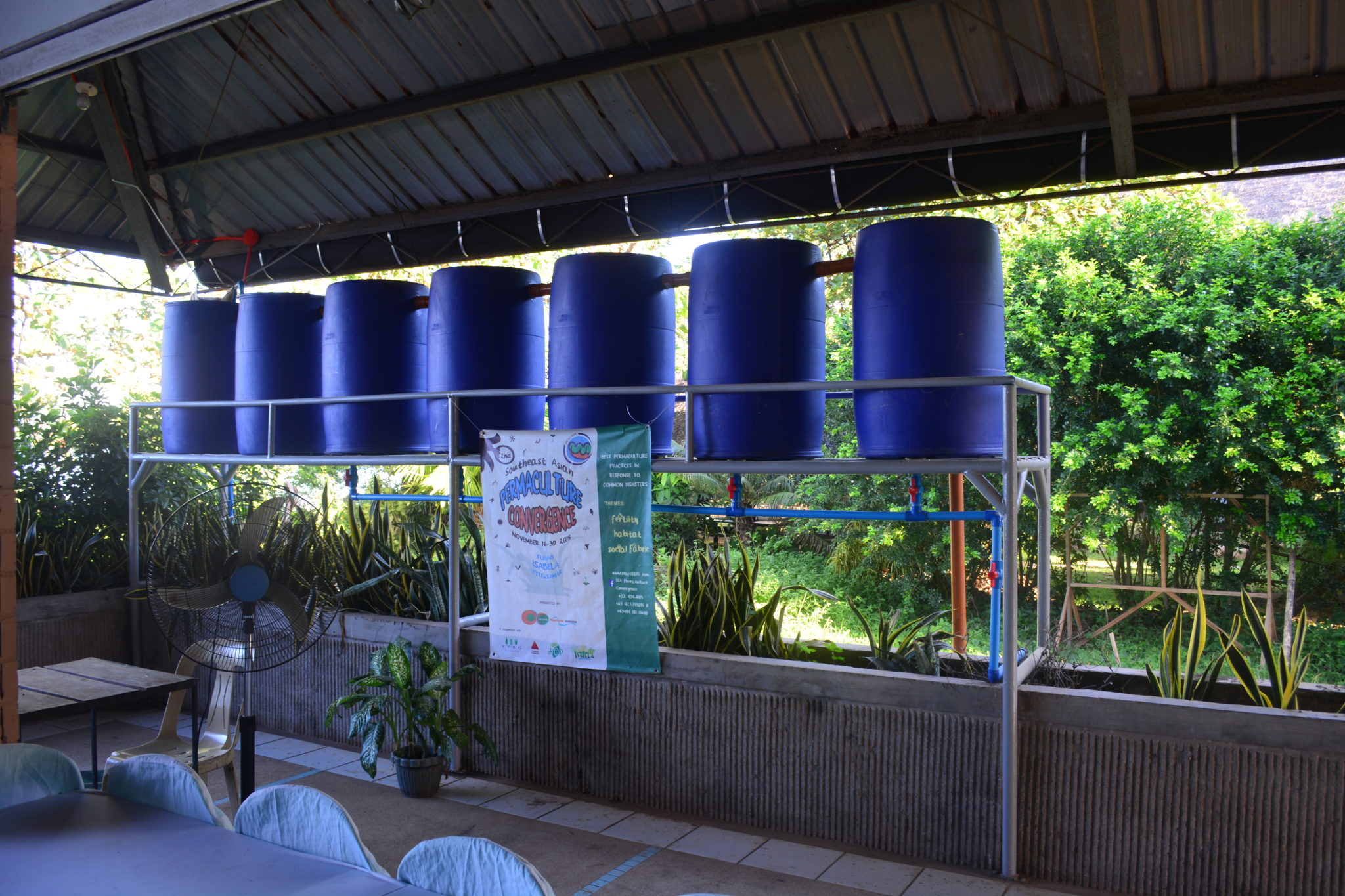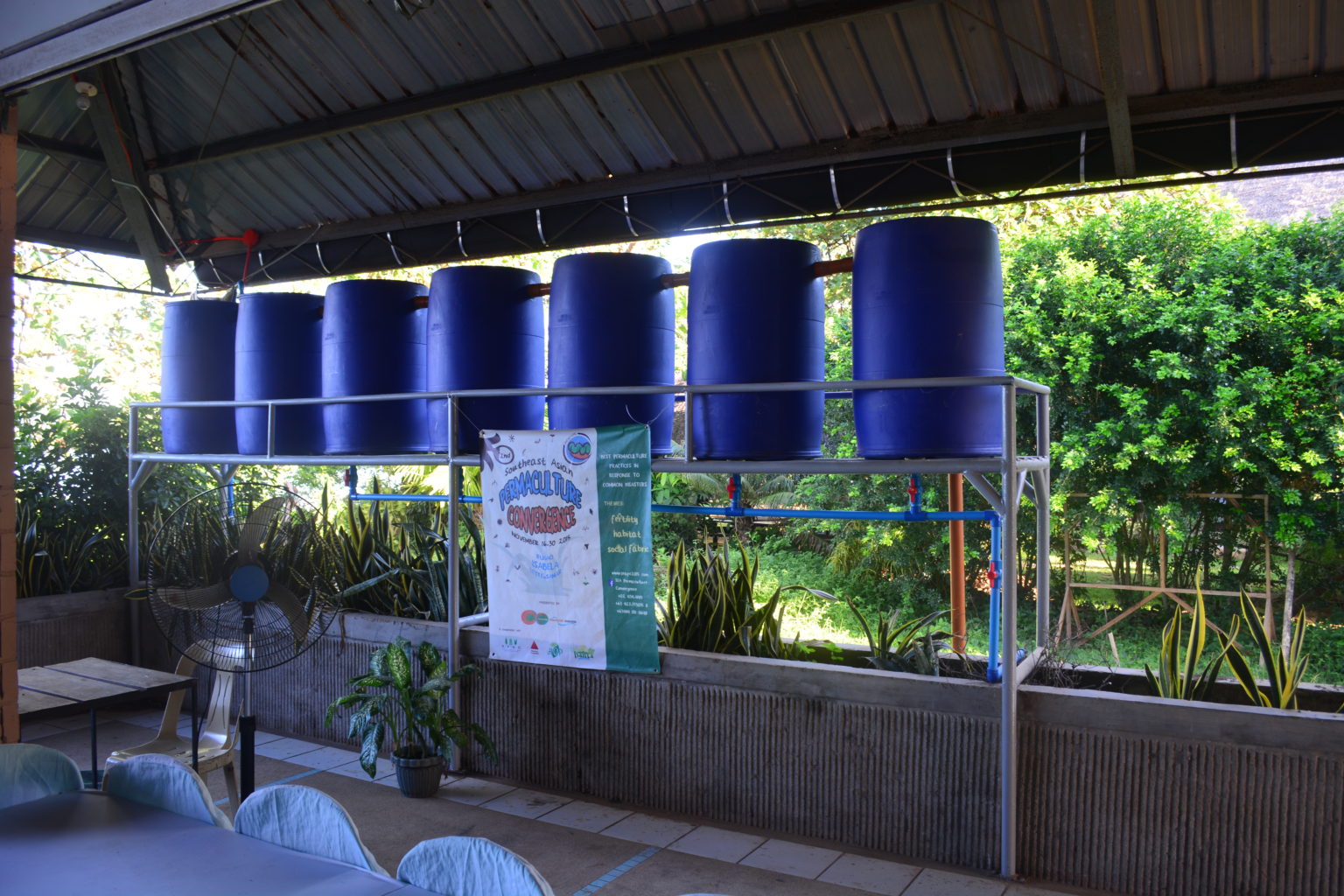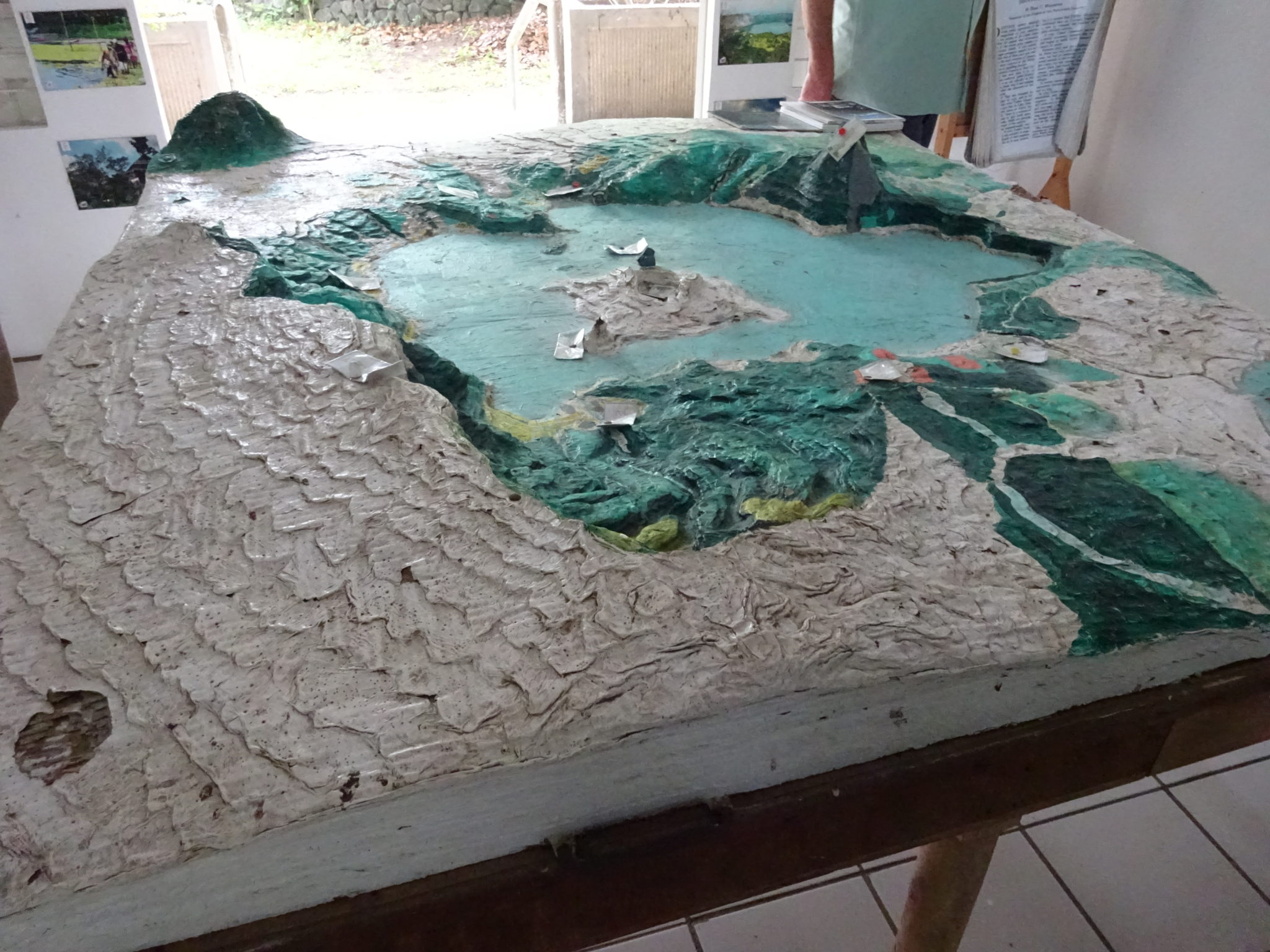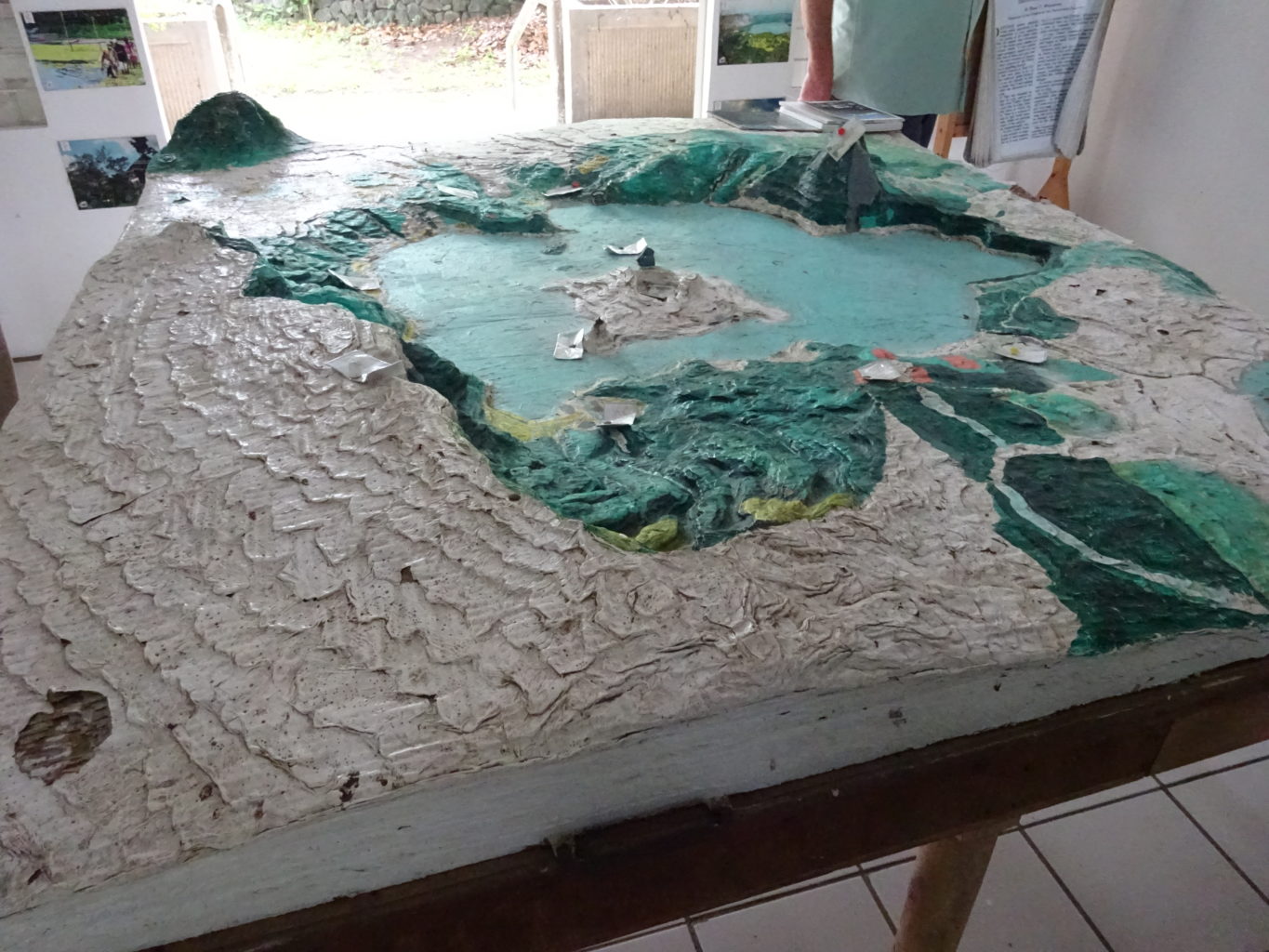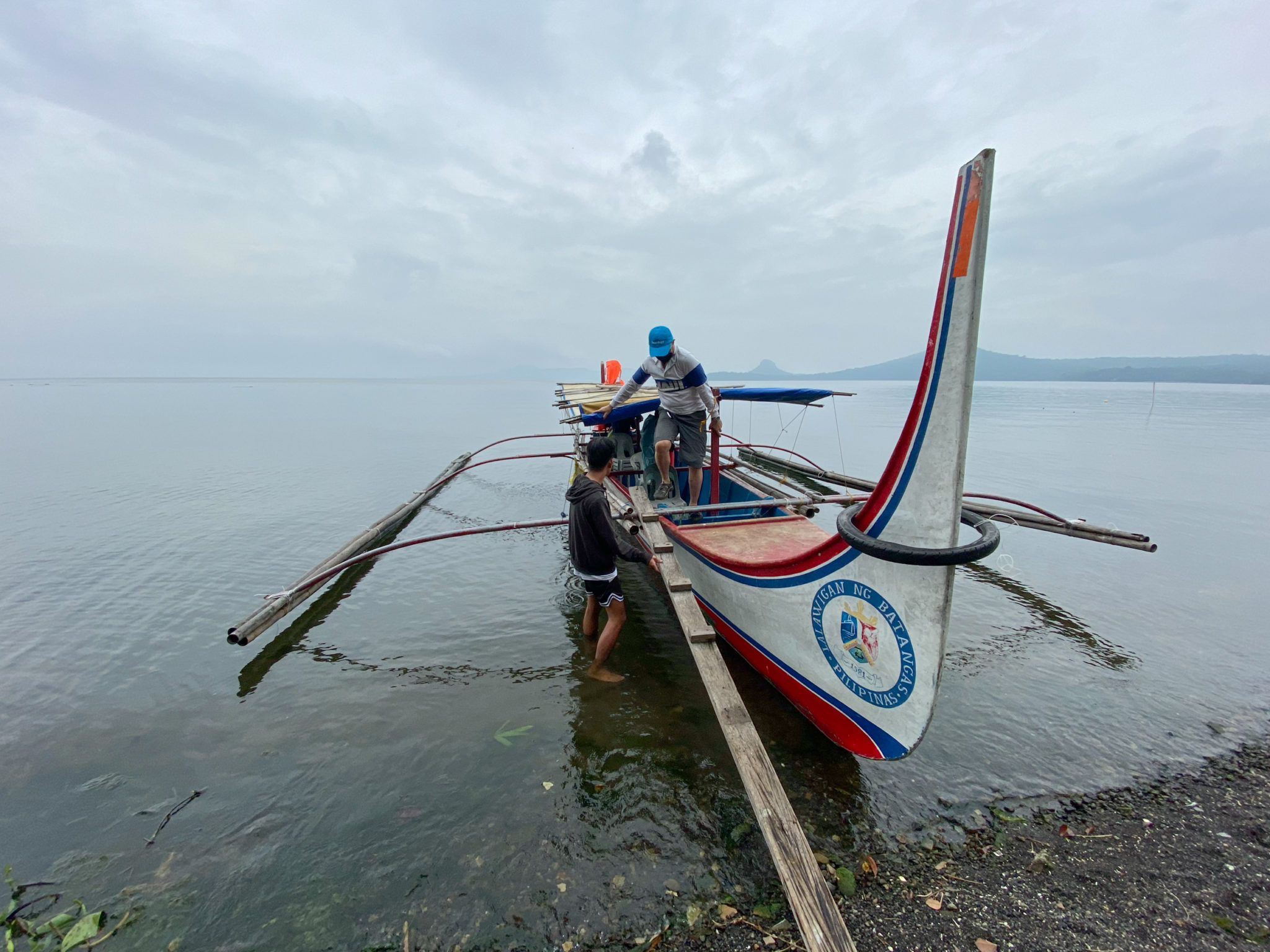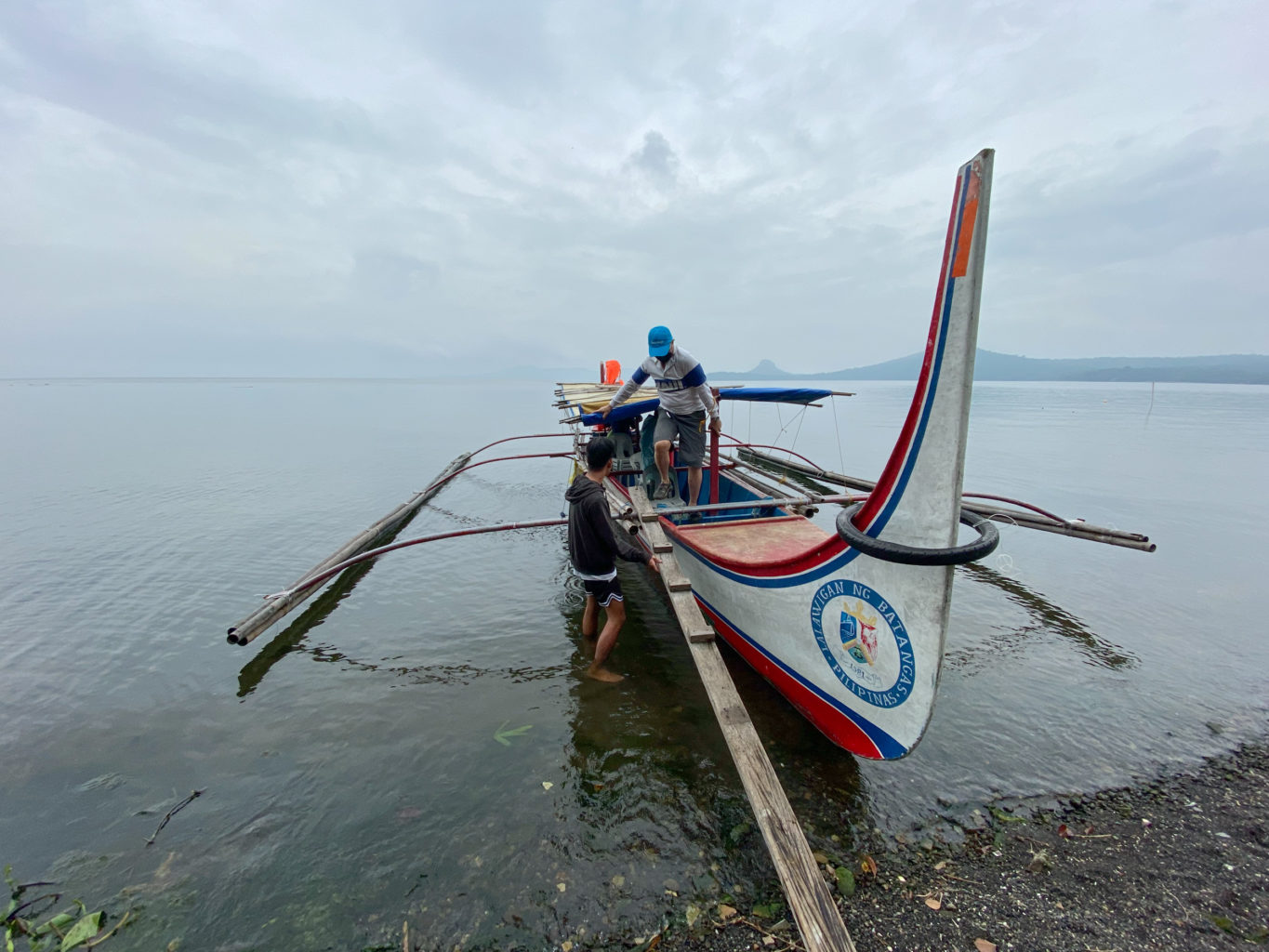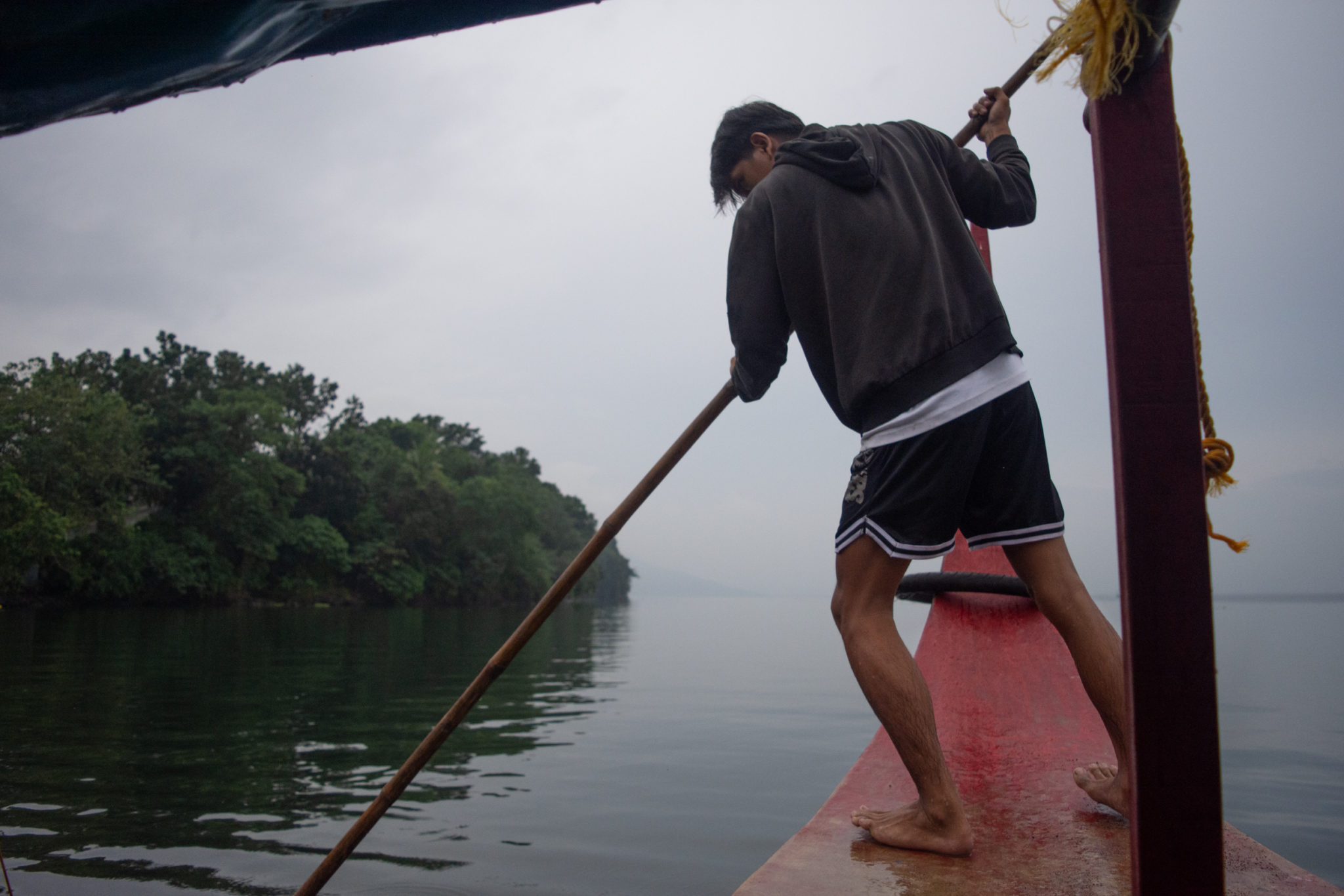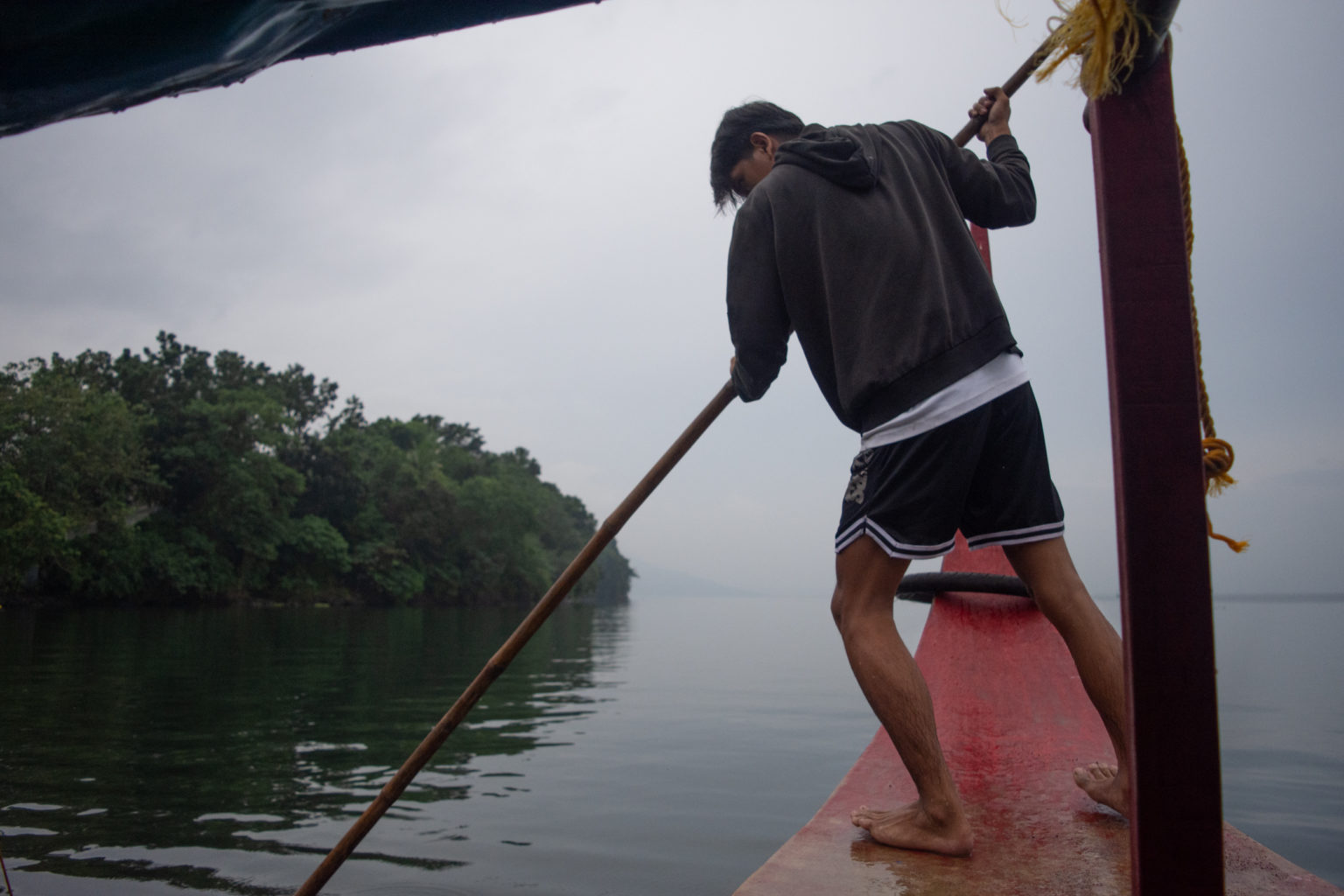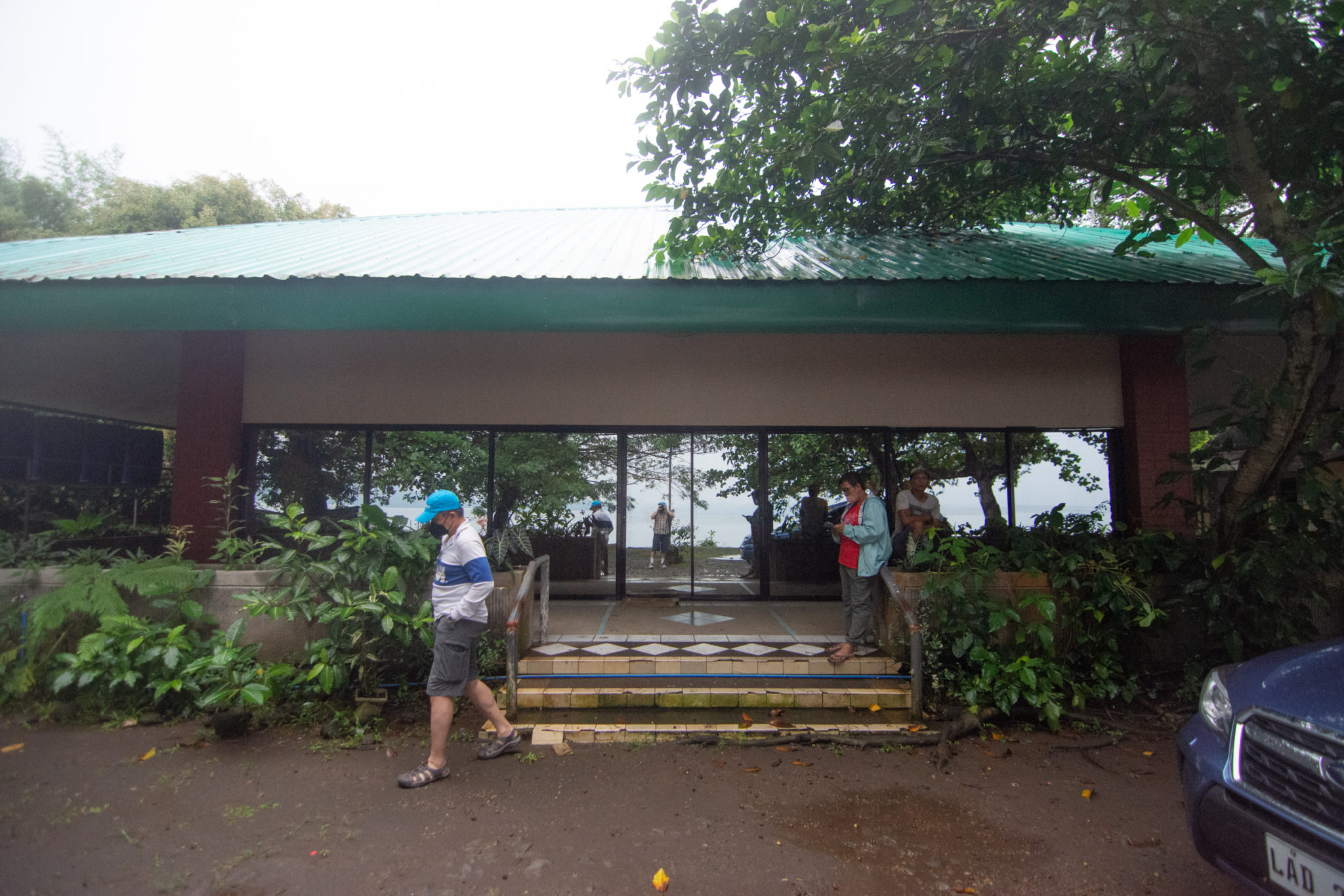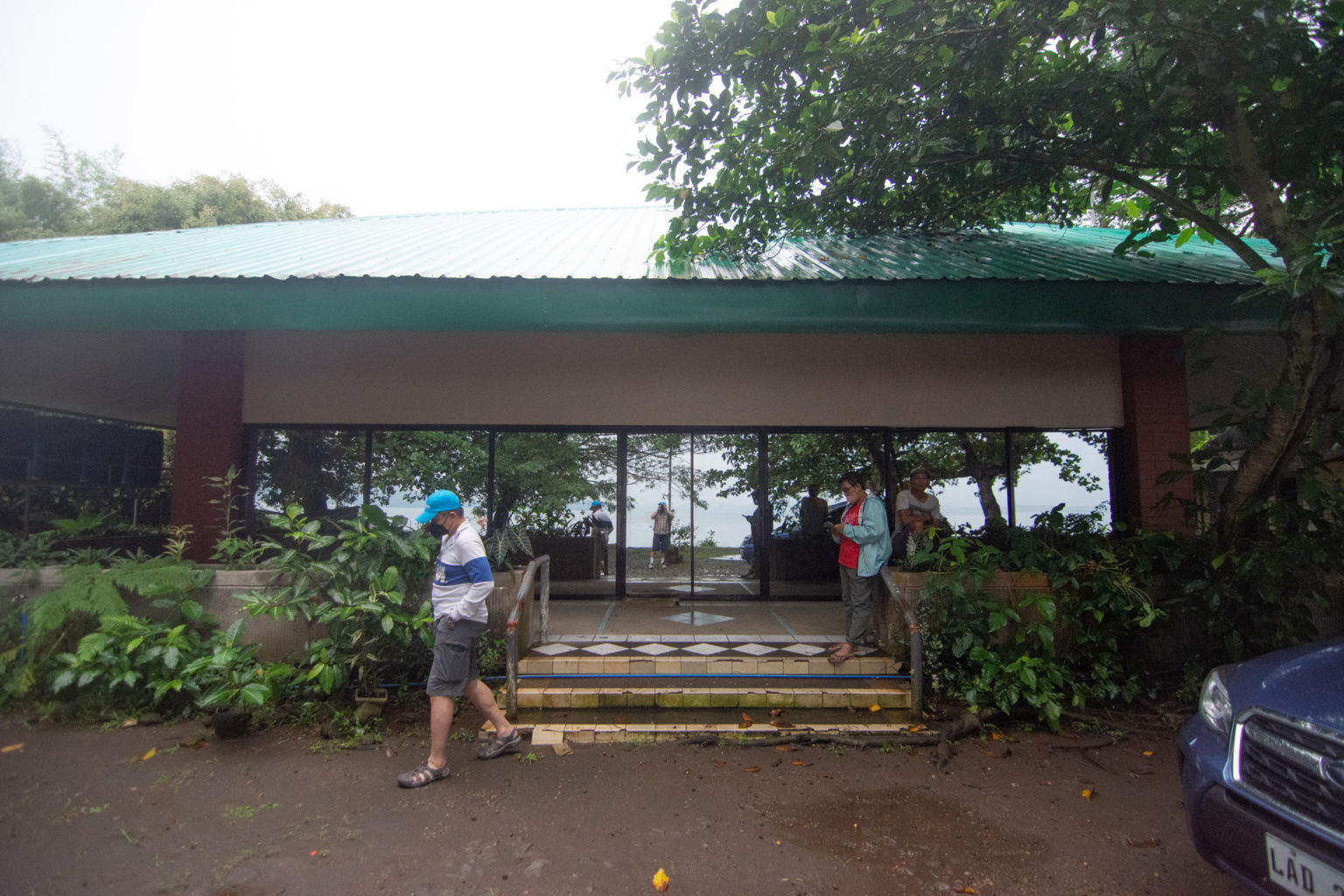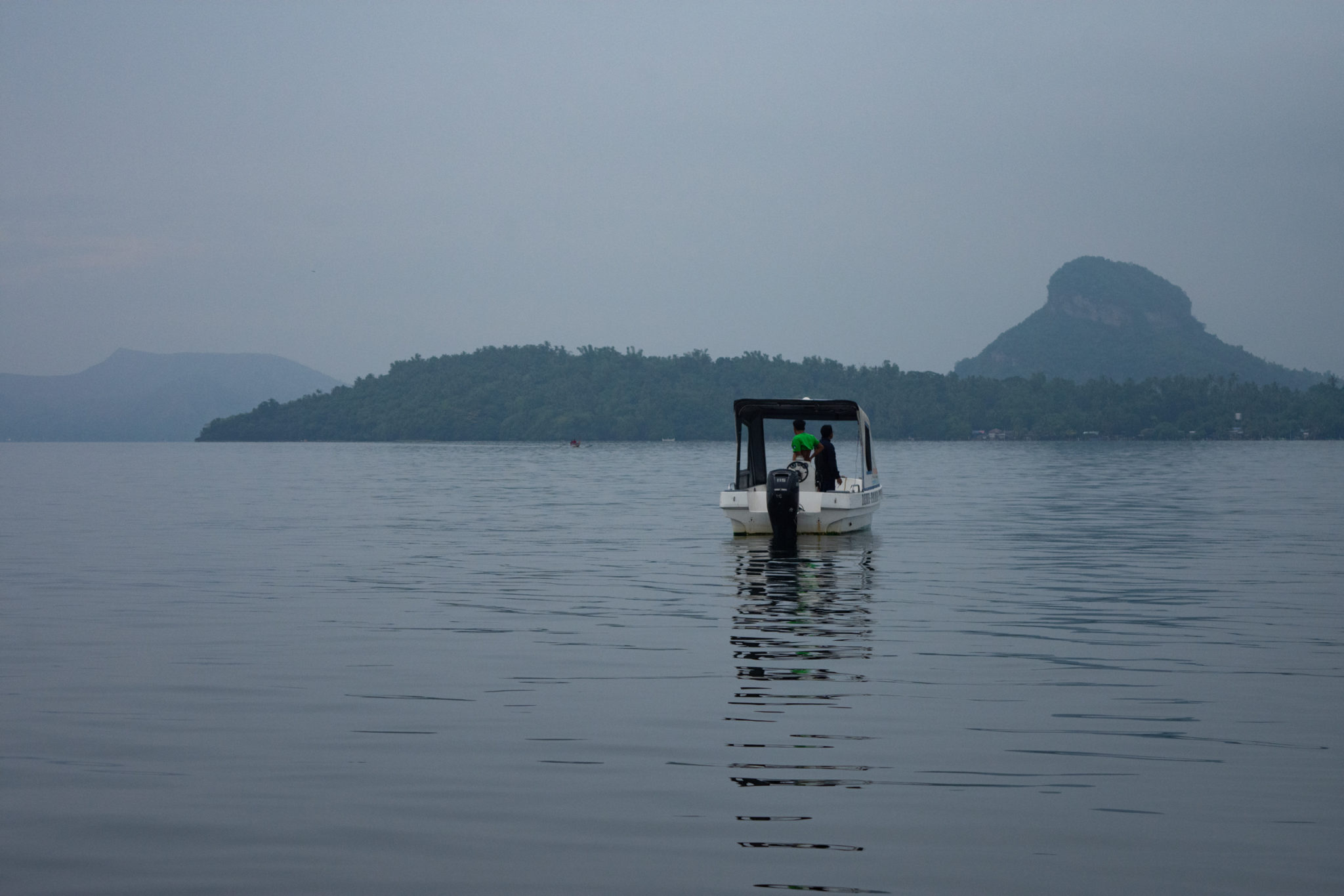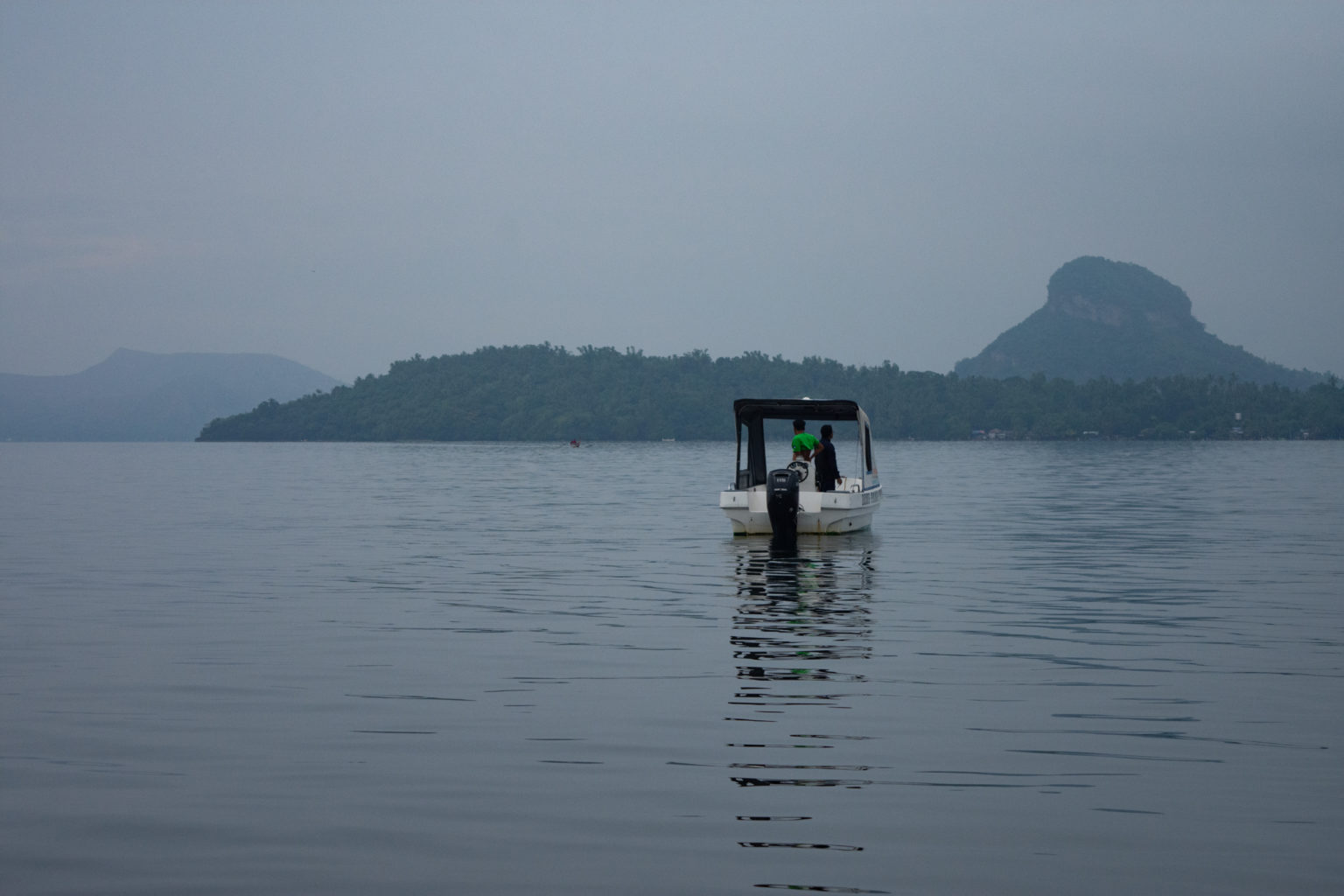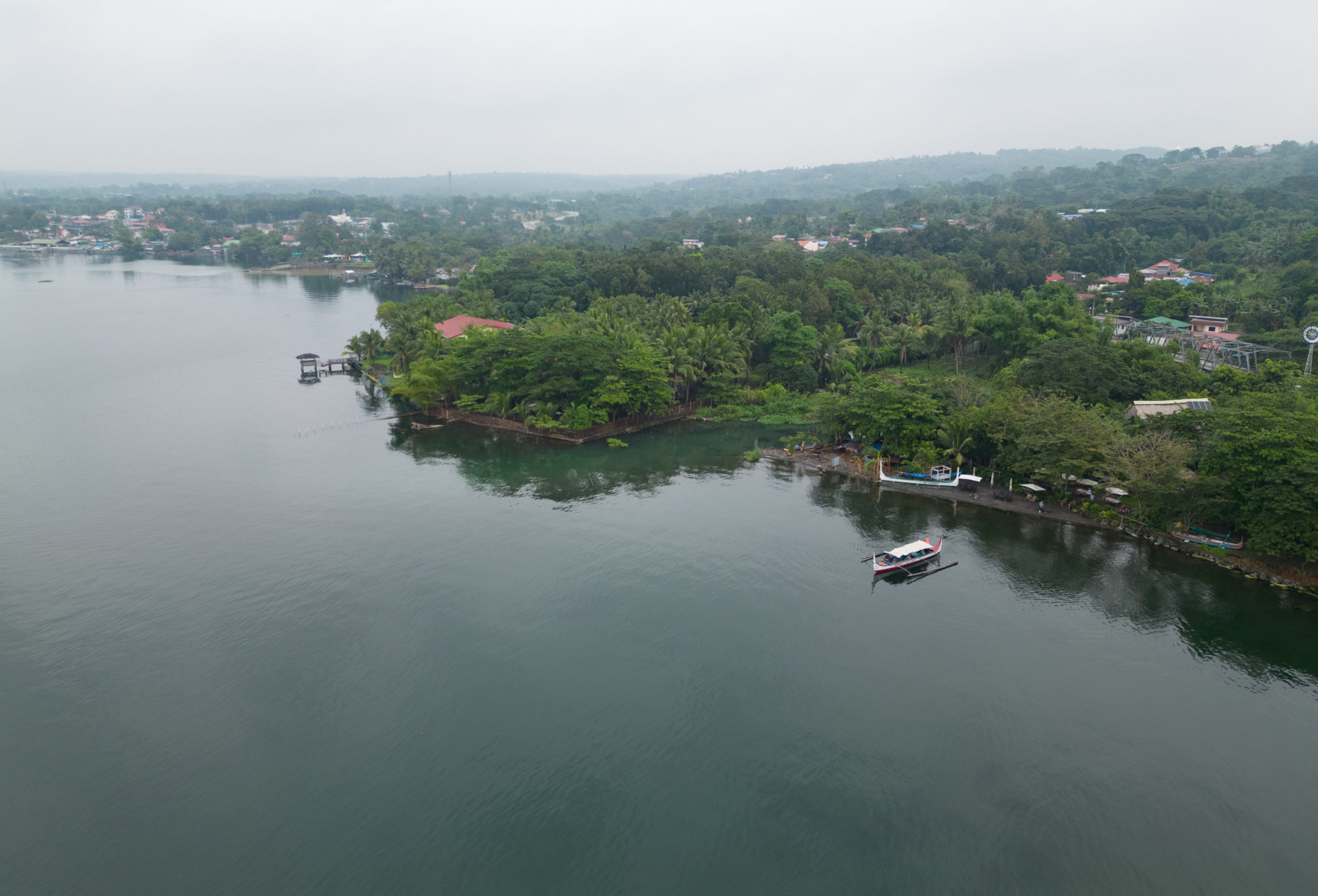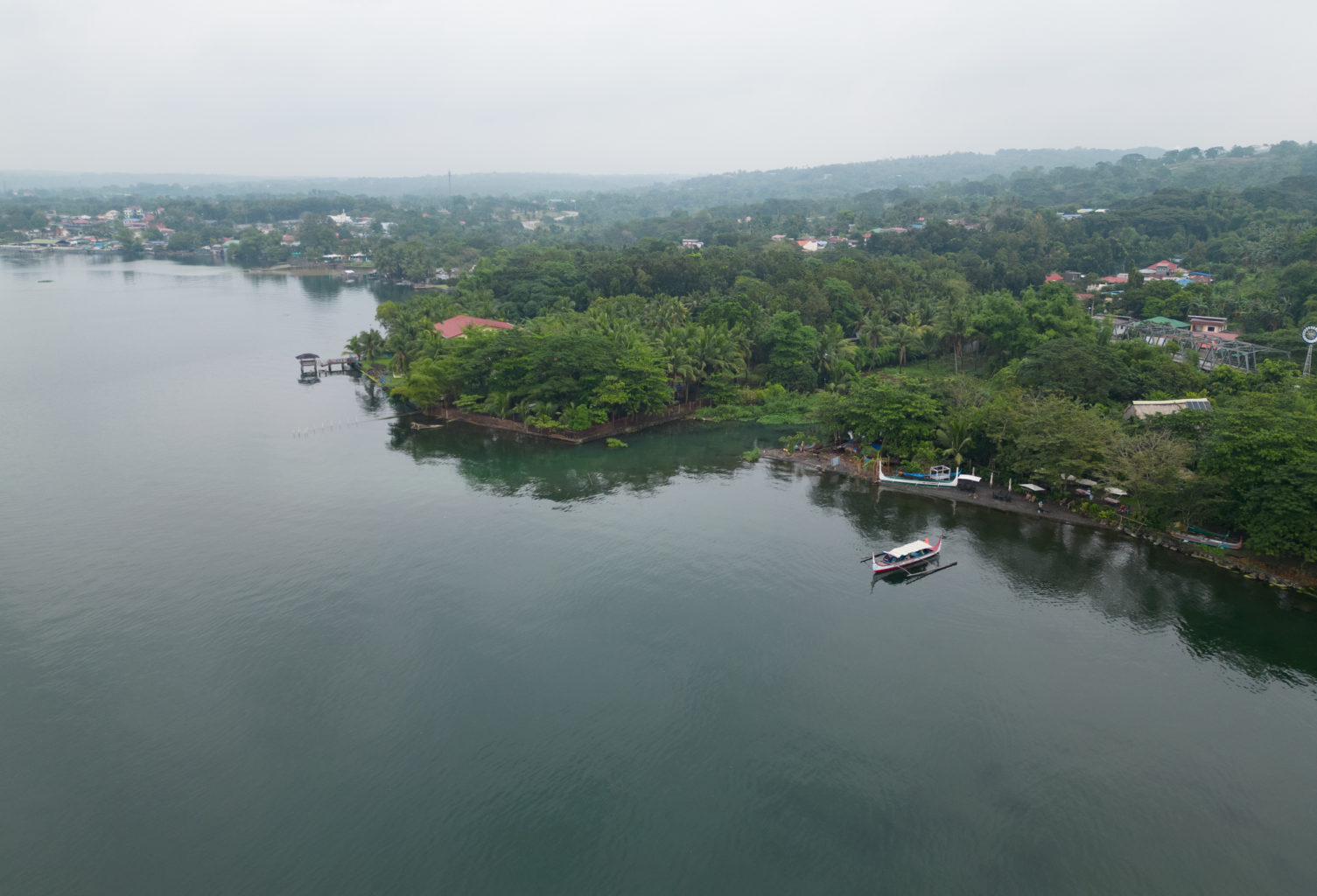Beautiful Taal Lake, which fills a large caldera, was once part of the ocean. But over hundreds of years, volcanic eruptions cut the lake off from the South China Sea. Its unique history makes the lake home to many endemic species, including the tawilis, a freshwater sardine that greatly contributes to the local economy and food supply. Overfishing and the introduction of invasive species threaten many local species. Particularly damaging are the Nile tilapia, which escaped from fishpens during the 1980s, the Chinese soft-shelled turtle, and the jaguar guapote (a cichlid fish native to Central America).
An organization of small-scale fisherfolk, KMMLT, has spearheaded efforts to sustainably manage Taal’s resources. In 2009, a 2,471-acre (1,000-hectare) fish sanctuary was established, and the KMMLT has actively supported it through regular patrols. Aware that fishing alone will not support the economy, the organization trains members in alternative livelihoods, such as beekeeping and ecotourism. Training takes place at the Taal Lake Conservation Center.
The group has committed to protect the fish sanctuary for at least 10 more years. In return, Seacology is funding repairs to the conservation center’s kitchen and roof, which Typhoon Glenda damaged in 2014. The grant will also pay for the installation of solar panels.


